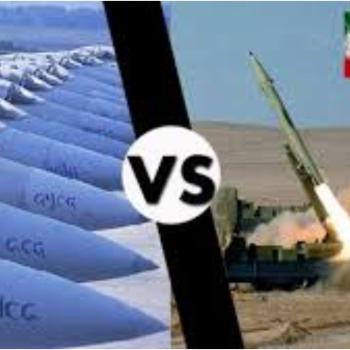In his study of circumcision, Marked in Your Flesh, Leonard Glick picks up a suggestion made by Jon Levenson that circumcision in ancient Israel might symbolize child sacrifice. The cutting of the foreskin would function as a substitute for the cutting of the child, a reenactment of the aqedah.
Citing the story of circumcision in Exodus 4 in support, he writes, “Zipporah might have sacrificed a lamb had she had one available; instead, she chose what we near at hand: her son’s foreskin. When she bloodied Moses’ ‘legs’ . . . with the severed foreskin, the Lord’s wrath subsided. . . . sacrifice of foreskin symbolized and substituted for sacrifice of child” (24).
This suggestion fits the biblical treatments of sacrifice and circumcision in a number of respects. Abraham was indeed asked to give up his beloved son, and it would make some sense for Abraham’s children to be cut with a sign of that sacrifice. Sacrificial animals were, in addition, sometimes designated as “sons,” and as Glick points out, firstborn animals and sons were consecrated to Yahweh (Levites served as “sacrificial” substitutes for sons)_
This also highlights the fact that circumcision is the beginning of a pedagogy of weakness, of renunciation of fleshly achievement, of renunciation of the future. If circumcision is a symbolic sacrifice of a newborn son, it is a symbolic offering of the future of your name and family to Yahweh. If Yahweh chooses to raise your son from the dead, then you have a future. But the act entrusts the future into Yahweh hands, which is of course where the future always lies anyway.















